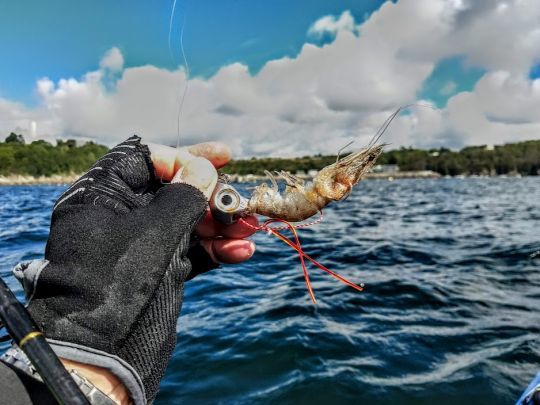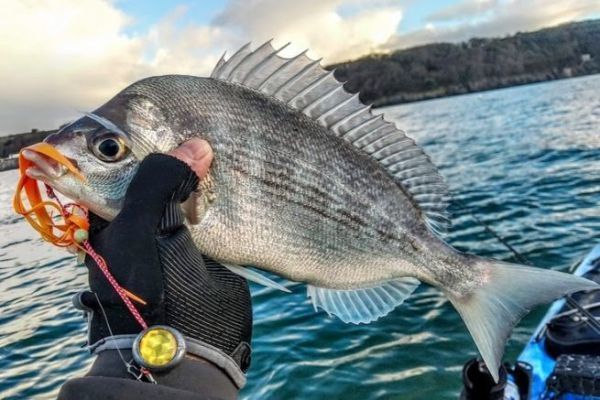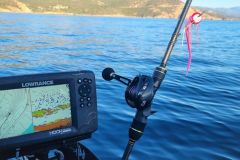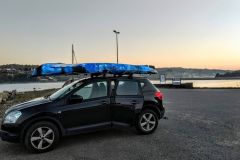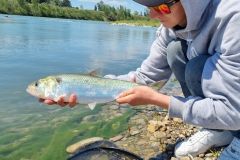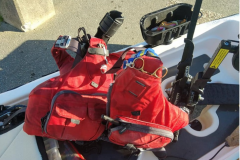An uncertain horizon
Before we talk about the fishing alternatives and species on offer at the start of this year, it's worth making a brief aside about the regulatory horizon ahead of us. What was valid at the beginning of the year is no longer valid, or about to become so.
In fact, the possibility of searching the site at this time of year, north of the 48th, is disappearing. A draft decree is currently being prepared to restrict this possibility. In this draft, we find as justification, and I quote: "Recreational catches are likely to represent a significant proportion of total catches (Radford et al., 2018). Due to lack of data, recreational catches are not included in the assessment; however, the current assessment has been shown to be robust to a range of assumptions about recreational catch levels."
So it's not based on any scientific study, indisputably informed by reliable and verifiable data, but just on assumptions or projections. It's a bit of a mockery...

Finding solutions
In short, we'll see what happens, but in the meantime, we need to find solutions so that we can practice our passion in peace and quiet, without having to rack our brains too much. This is where we can bring out our bait lures, tenya and kabura. These lures are easy to use, and are mainly aimed at sparids, but also at gurnards and olds, and that's just as well.
Sparids, and the other species mentioned, can be found all year round, even in winter. At present, gilthead sea bream and sars are well represented here. These are also fish which, once properly brought to the surface, can be put back in the water without any problems, even from quite deep depths, as long as they are decompressed before being taken out of the water.
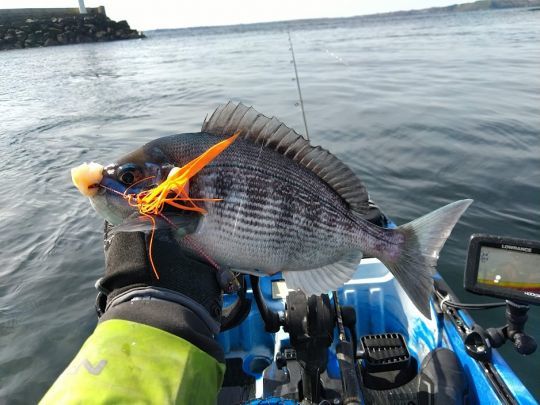
The kabura technique
To start with these techniques, the kabura is the easiest to use, as it's not supposed to drag on the bottom, so less snagging. It takes the form of a round head, pierced in the middle and sliding on a piece of dacron a few centimetres long. It is dressed with coloured silicone tentacles and armed with two hooks. For added attraction, pieces of cephalopod tentacles can be placed on the hooks. You need to find the right compromise in head weight according to current and depth, the aim being to fish as light as possible. In kayaks, I mainly use 20 and 30 grams, for depths of 20 to 30 meters.
The lure is lowered under the kayak until it touches the bottom. Pull up slightly and let the drift do the rest. The lure will naturally swim up to the surface. Ideally, you should let the lure swim until it makes a 30-degree angle with the kayak, then start again. Don't leave it any longer than that, because then the banner will gain weight and you won't feel the bites, or too late.
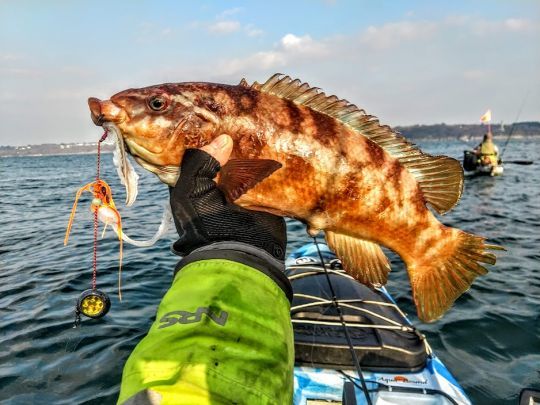
The tenya technique
The tenya is more risky, as it scrapes the bottom. The head of the tenya is often flattened to allow it to be placed on the bottom. It has a main hook and a treble hook. Generally, a gambas is attached, threaded with the tail forward, after cutting the caudal fin, until it touches the head of the tenya, then the thief is set on the head side of the gambas. The animation is done on the bottom, touching the bottom, raising, retouching and so on. The aim is to imitate the swimming action of a shrimp. These techniques can be used on all types of sparids and of course other species, but they were developed specifically for sparids.
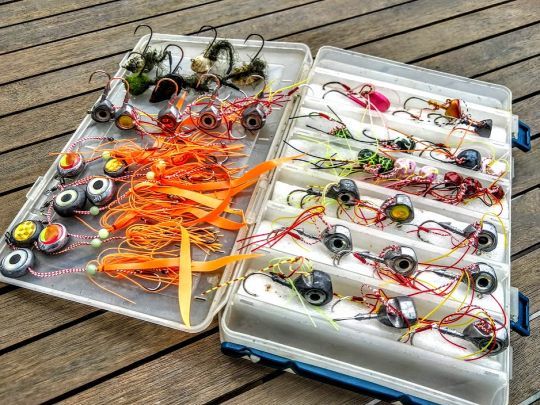
At the moment, we're looking for gilthead bream and seabream, but the largest specimens will be caught mainly with tenya. Regulations have not yet forbidden us to fish them in winter, so let's make the most of it. In our region (Brittany), around mid-March, the dorados will start to turn blue, a sign of the breeding season, so we'll have to find a new authorized target...
